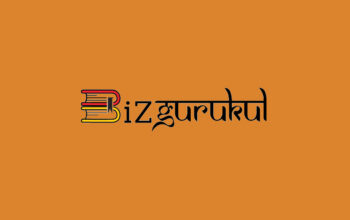Due to the abundance of advertising, the CTR of banners falls, and the audience stops perceiving advertising messages. To break through banner blindness, you can use neuromarketing techniques.
In this article, our experts from Go Design (part of the Go Ahead group ) tell you what neuromarketing is and how you can draw the attention of the audience to a banner in digital advertising.
Neuromarketing is a mixture of marketing, psychology and neuroscience, which allows you to understand how to influence the consumer so that he takes the desired targeted action.
Neuromarketing relies on research into human brain responses and processes responsible for decision making, concentration, aesthetic enjoyment, memory, and more.
There are two types of studies of the reactions of the human brain. Some directly study the processes occurring in the brain – this type includes EEG studies. Others indirectly study the reactions of the brain through their external manifestations. For example, analysis of facial expressions (facial coding), changes in attention (eye tracking) and tone of voice, analysis of physiological changes: heartbeat, blood oxygen saturation, and others.
There are also laboratory and remote studies. Remote methods are more suitable for mass quantitative research (for example, advertising tests, packaging design, etc.).
A. Ovcharov, CEO, Product Development Director, Sense Machine
If you know what the consumer’s brain reacts to, you can create banners with good conversion and CTR. The “right” banner combines colors, fonts and text, making it understandable and attractive to the audience. Such creativity, shown in the right place and at the right time, is a component of the success of an advertising campaign and the result of using neuromarketing.
Simple But Tasteful
Researchers divide creatives into four types, depending on the design of banners and what meanings are invested in them.
The first type is low surface complexity and low information saturation. Such a banner is easily perceived but does not convey deep meaning and does not contain complex elements. It can be a basic shape, such as a circle. Such a design will be associated with emptiness and meaninglessness.
The second type is high surface complexity and low information saturation. The creative contains many graphic details, but they don’t make sense. The banner is perceived as a set of random elements that repel the user.
The third type is high surface complexity and high information saturation. This is a complex banner that contains many details, colors and meanings. The success of such a design will depend on whether people want to understand it. If not, the design of the creative will seem confusing and won’t draw attention to itself.
The fourth type is low surface complexity and high information saturation. This is the perfect banner concept. The creative does not contain complex elements and many colors, but at the same time, it carries a hidden visual message that can be easily deciphered. This design is exciting.
Also Read: How Online Data Analysis Works – OLAP And Multidimensional DBMS








